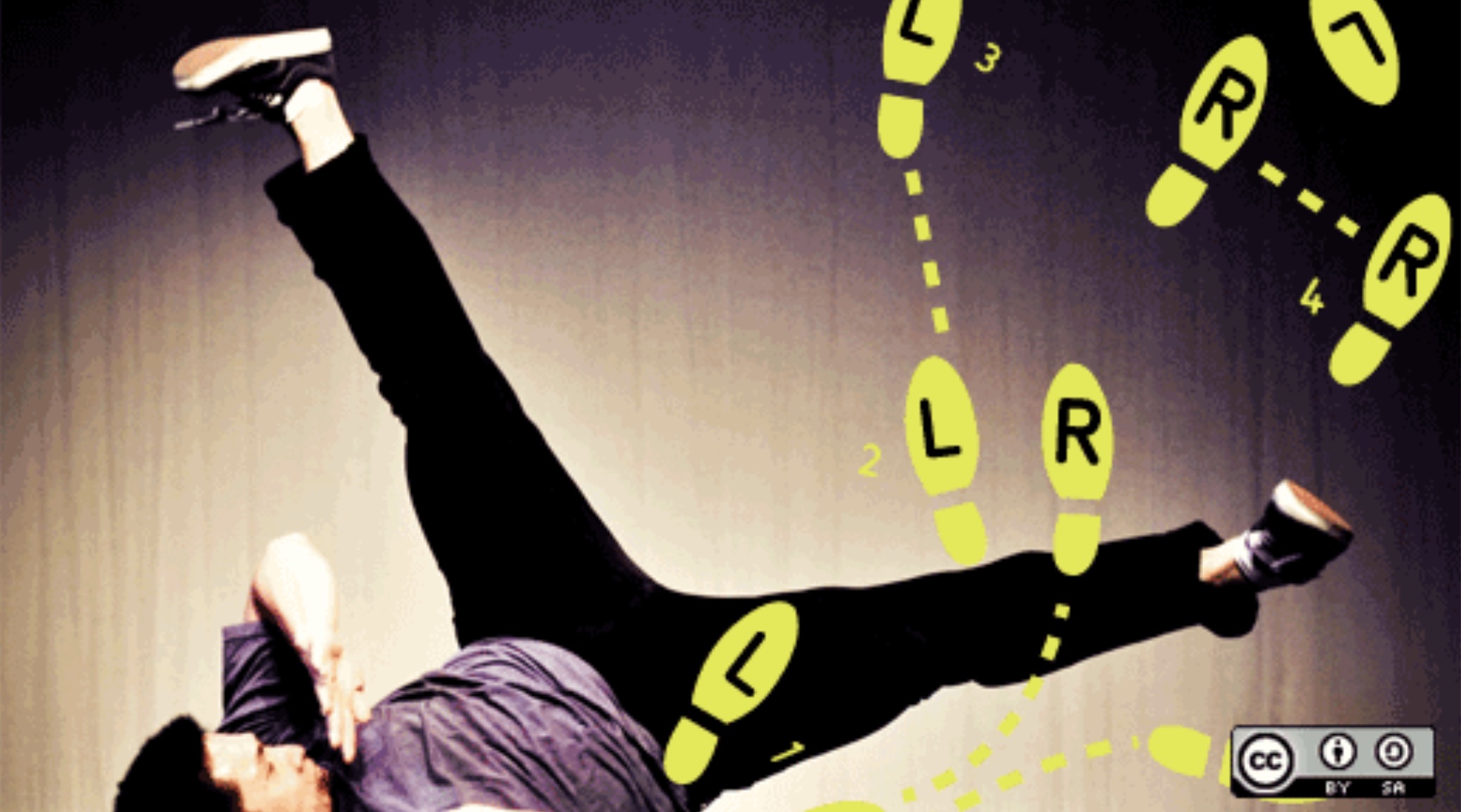Many scrum masters have an obsession with quickly turning their teams into what they want them to be. Once their expectations are not met within some arbitrary time limit, or someone resists their ideas, then the fight begins.
From our partners:
But the fight takes energy, time, and resources, and most of the time it doesn’t solve the problem. In fact, most of the time it worsens the problem. When this happens, it’s time for some reflection about the role of the scrum master.
Priorities of the scrum master and the team
Even when a team agrees that a problem is indeed a problem, the team may not agree on what’s most urgent. As the scrum master, if you ask the team to make efforts to what the team perceives as a secondary conflict, the team will likely resist. They may cooperate nominally, but in the best case you’re only getting a fraction of their potential.
Don’t be stubborn
Some scrum masters want to make their company look a very specific way, usually in accordance with common models or methods in the industry. Sometimes they openly confront managers who don’t align with their vision of how things “should” be.
It might feel like you’re “fighting the good fight” when you attempt to do this, but that doesn’t mean you’re making progress. You have important work to do, and while your entire company might eventually be transformed, you have to start somewhere. The more support you gather from your team, the better chance you have of spreading your agile principles throughout the organization.
Dancing together
A wise scrum master takes harmonious steps with their team, without stepping on each other’s feet or tripping anyone up. Certainly, they could never be thought to be fighting each other. I call this “dancing together” because like dancing, it takes coordination, verbal and nonverbal communication, and cooperation. And when done even moderately well, it renders something elegant and enjoyable.
Awareness
As a scrum master, you need to reflect on yourself all the time. How are your ideas and actions being received? If there’s a sense of resistance or competition, then something is probably wrong, either in how you’ve been communicating, or how you’ve been seeking feedback and participation.
As a scrum master, you need to be aware of your environment. There are ebbs and flows within an organization, times when great change is appropriate and times when fundamental groundwork must be laid. Look for that in your organization, starting with your team. Wait for the right person to be in the right place at the right time, wait for an opportunity, wait for a certain policy, and then integrate agile methodology to drive changes.
Get buy-in from the top
In most organizations, the scrum master ultimately serves the business goals of upper management. Transparency and communication are important. It’s your job to understand your organization’s objectives. Ask for advice from your managers, and get a clear picture of the intentions and expectations of the rest of the company. A scrum master can help management achieve their goals with expertise and efficiency, but only if you understand the objective.
Tango over Foxtrot
Most of the actual agile transformation in real enterprises is very slow. It is not a fast and furious battle. The scrum master has to step in rhythm with the pace of the enterprise. You must strike a balance between who leads and who flourishes. You don’t want to move too slow, or too fast. You must not pursue perfection in everything. Allow for mistakes and misunderstandings. Don’t blame each other, but stay focused on creating something vibrant together.
Source: Open Source
For enquiries, product placements, sponsorships, and collaborations, connect with us at [email protected]. We'd love to hear from you!
Our humans need coffee too! Your support is highly appreciated, thank you!








